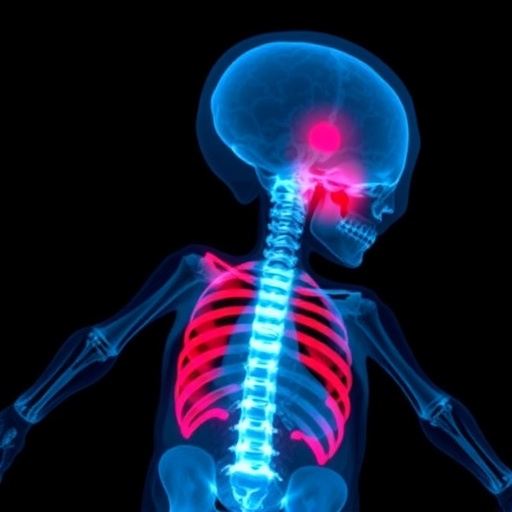(Boston)–About half of American women have dense breasts, which makes it harder for mammograms to identify cancer and add to a woman's risk for cancer. Nearly half of U.S. states have passed legislation requiring women to be notified of their breast density when they receive mammogram results, despite no scientific evidence or guidelines for appropriate care for women with dense breasts.
According to a new study, which appears in the Journal of the American Medical Association, there is wide variability in dense breast notifications (DBNs) across states and most are difficult to read and understand. Most DBNs are written at a literacy level exceeding that of the state's population, suggesting that many women will find the information difficult to comprehend. This may create uncertainty for women attempting to make personalized decisions about supplemental breast screening and may heighten disparities in breast cancer outcomes.
Researchers at Boston University School of Medicine (BUSM) and the VA Boston Healthcare System compared the content, readability and understandability of DBNs across the country. They also obtained the proportion of adults in each state lacking basic prose literacy skills from available statistics. "We found widespread discordance between states' DBN readability and corresponding basic literacy levels," explained lead author Nancy Kressin, PhD, director of the Health and Healthcare Disparities Research Program in the section of general internal medicine in the department of medicine at BUSM and Boston Medical Center.
They found only three states (out of 24) had DBN readability level at the recommended eighth grade level or lower, while some of the most difficult to read DBNs occurred where state literacy levels were the lowest.
The findings suggest that efforts should focus on enhancing the understandability of DBNs so that all women are clearly and accurately informed about their breast density status, its effect on their breast cancer risk and the harms and benefits of supplemental screening.
###
Media Contact
Gina DiGravio
[email protected]
617-638-8480
@BostonUNews
http://www.bmc.org
The post Study finds readability of dense breast notifications poor appeared first on Scienmag.




